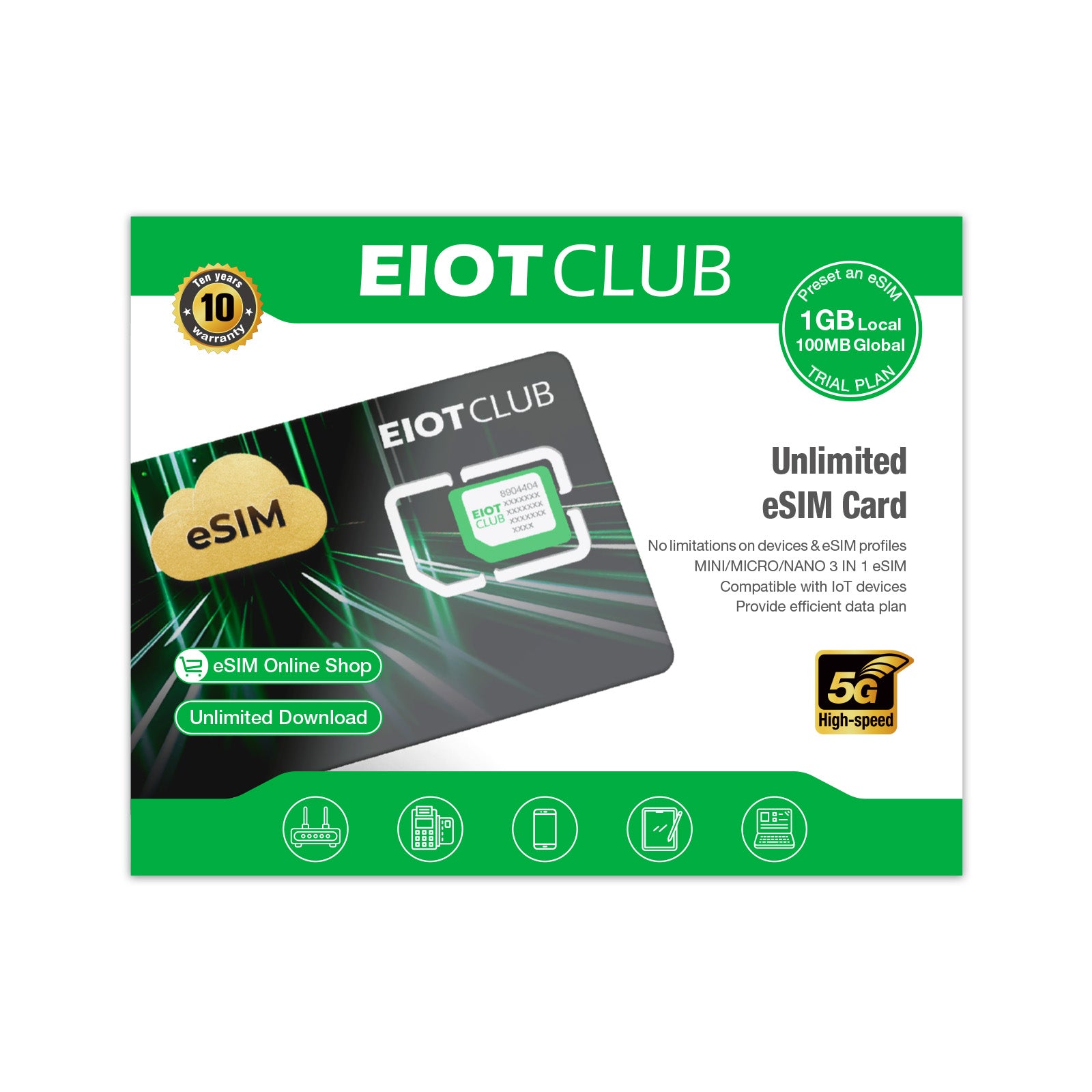As technology continues to evolve, the way we connect to mobile networks is also changing. One of the most significant advancements in this area is the introduction of physical eSIM technology for iPhone and Android devices. This article aims to provide a comprehensive understanding of what physical eSIMs are, how they function, and their implications for users worldwide.

What is a Physical eSIM?
A physical eSIM (embedded SIM) is a digital SIM card that is embedded directly into a device, eliminating the need for a traditional SIM card. Unlike standard SIM cards that can be removed and swapped between devices, a physical eSIM is programmed with the user's mobile network information and can be activated remotely. This technology is particularly beneficial for users who frequently travel or switch carriers.
Benefits of Physical eSIM for iPhone and Android
- Convenience: With a physical eSIM, users can switch between different mobile networks without needing to physically change SIM cards.
- Space-saving: The absence of a SIM card slot allows manufacturers to design slimmer devices.
- Remote Activation: Users can activate their mobile plans without visiting a store, making the process seamless.
- Dual SIM Capability: Many devices support multiple eSIM profiles, allowing users to manage personal and work numbers on a single device.
How Does Physical eSIM Technology Work?
The operation of physical eSIM technology for iPhone and Android devices is relatively straightforward. When a user purchases a mobile plan, the carrier sends a unique activation code that can be scanned or entered into the device. This code programs the eSIM with the necessary information to connect to the carrier's network. Once activated, users can manage their mobile plans through their device settings.
Challenges and Considerations
While the benefits of physical eSIMs are numerous, there are some challenges to consider. For instance, not all carriers support eSIM technology, which may limit options for users in certain regions. Additionally, users must ensure that their devices are compatible with eSIM technology. As this technology continues to gain traction, it is expected that more carriers will adopt it, making it a more viable option for a broader audience.
Conclusion
In conclusion, the advent of physical eSIM technology for iPhone and Android devices marks a significant step forward in mobile connectivity. As users become more mobile and demand greater flexibility, eSIMs offer a solution that meets these needs. For those interested in exploring this technology further, consider visiting to learn more about the options available.




